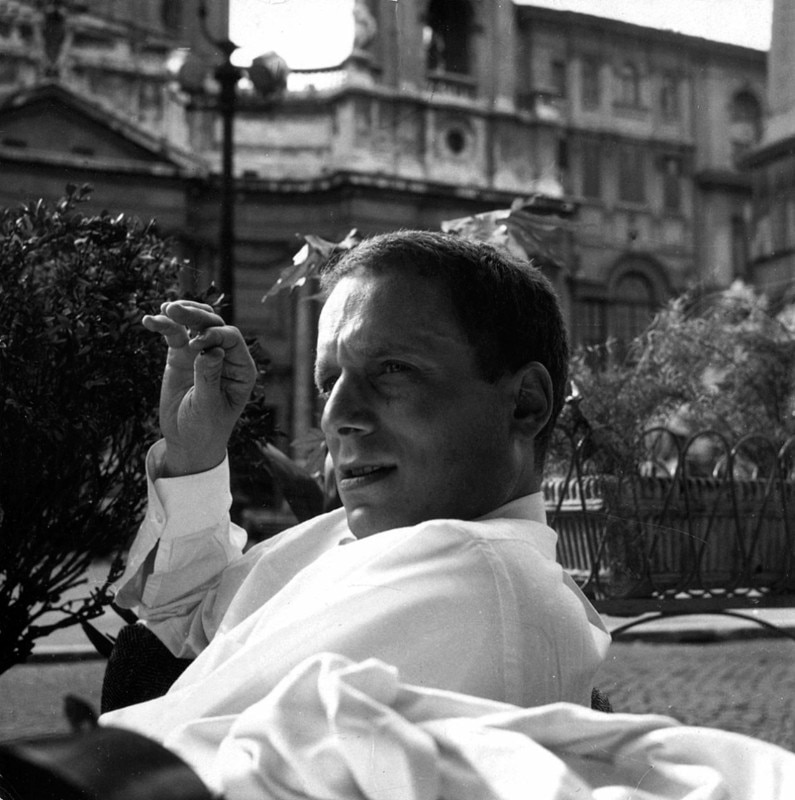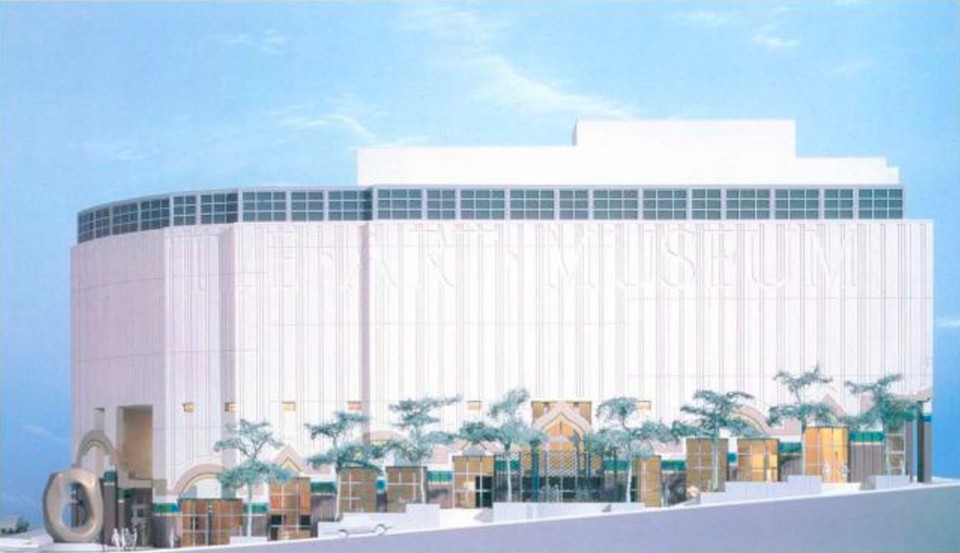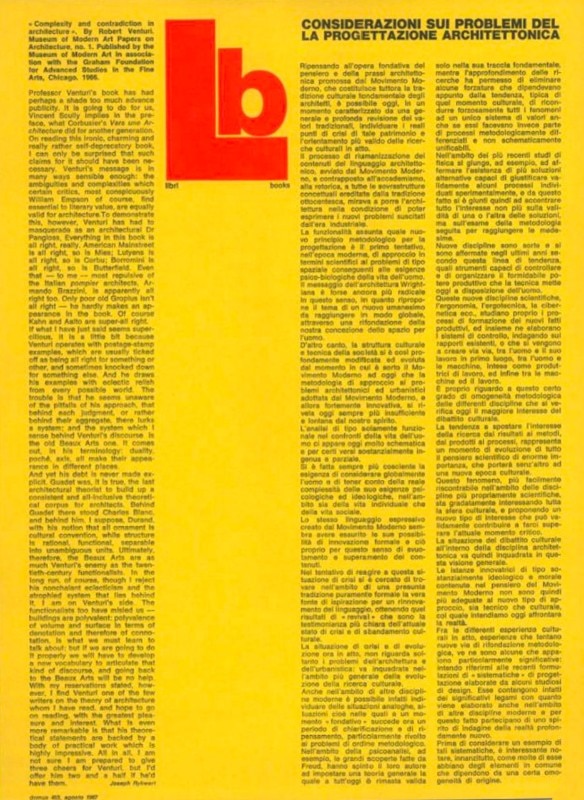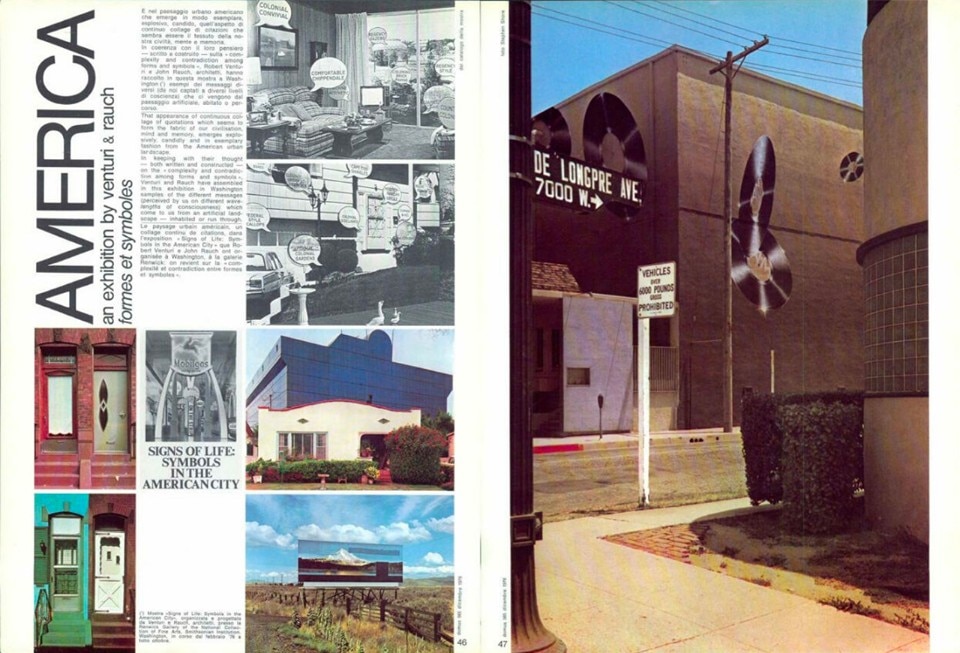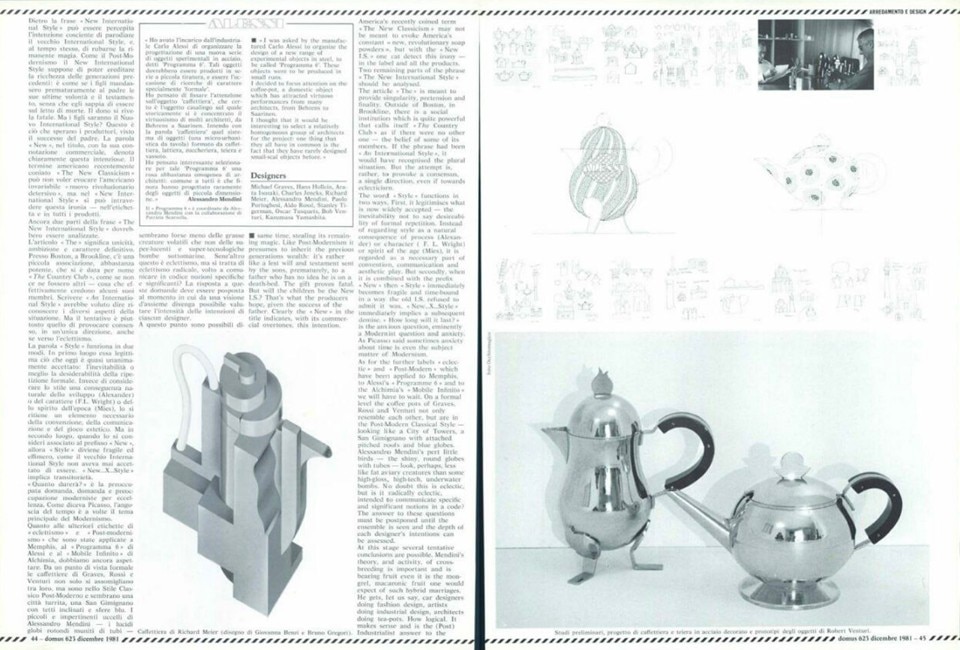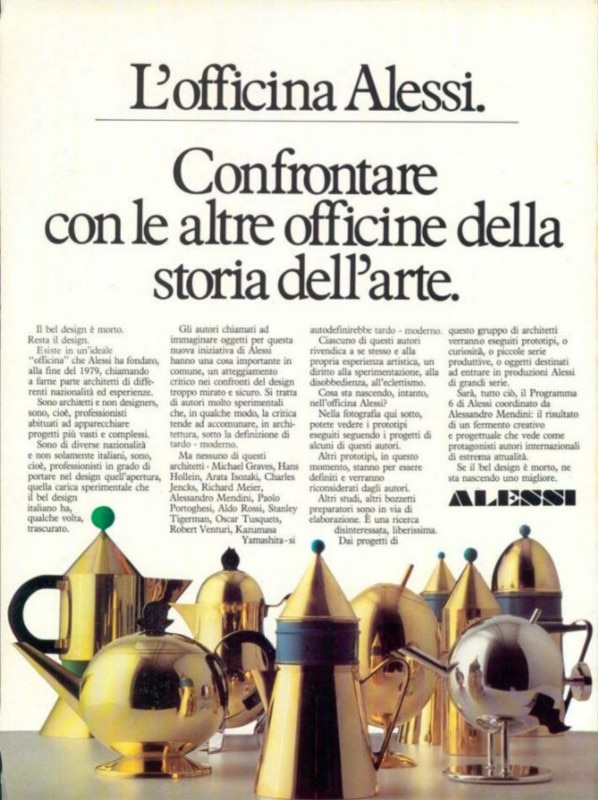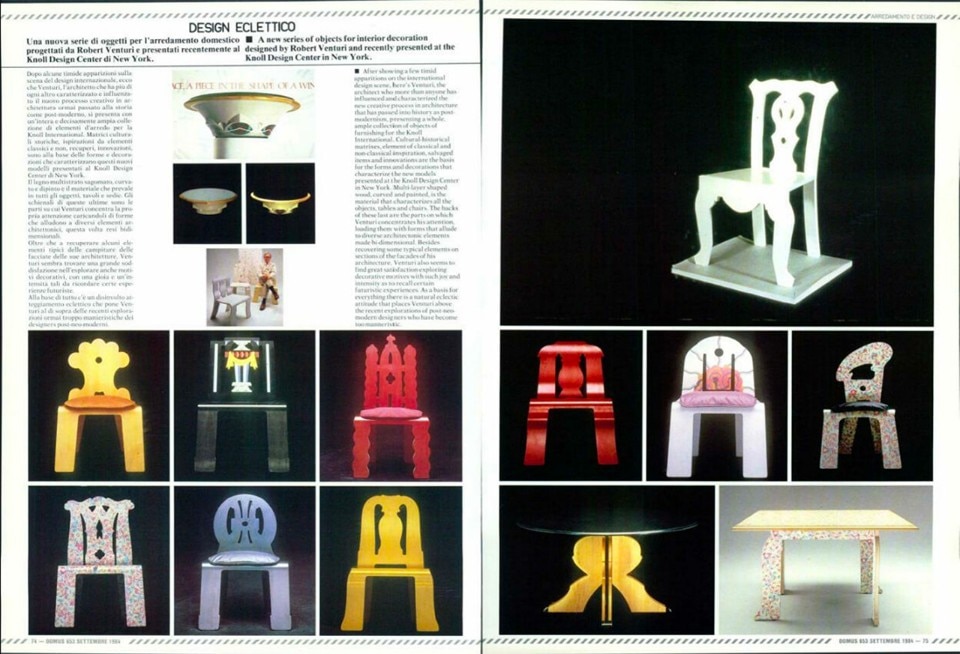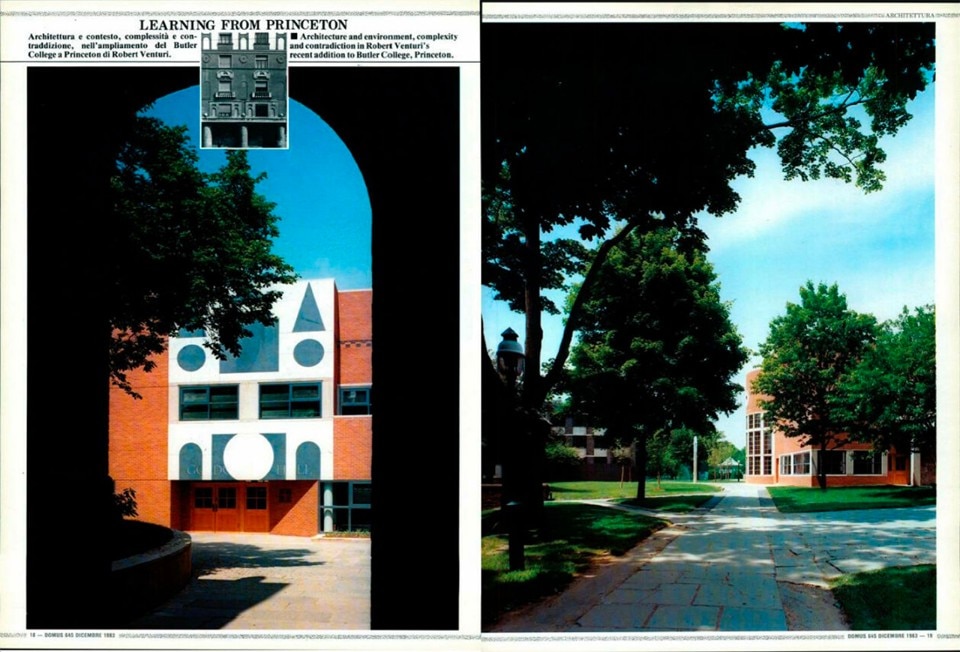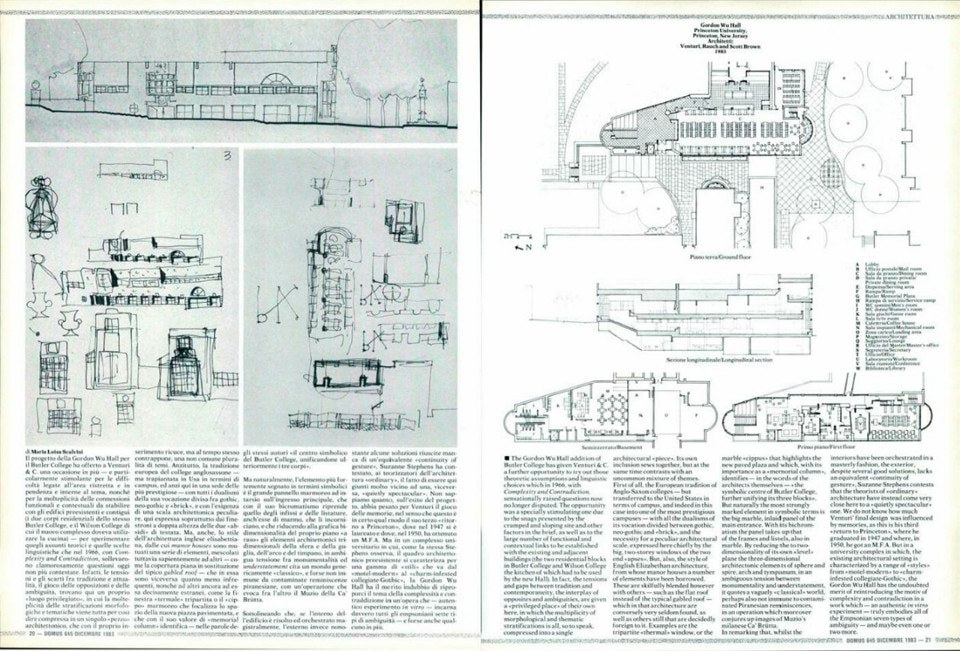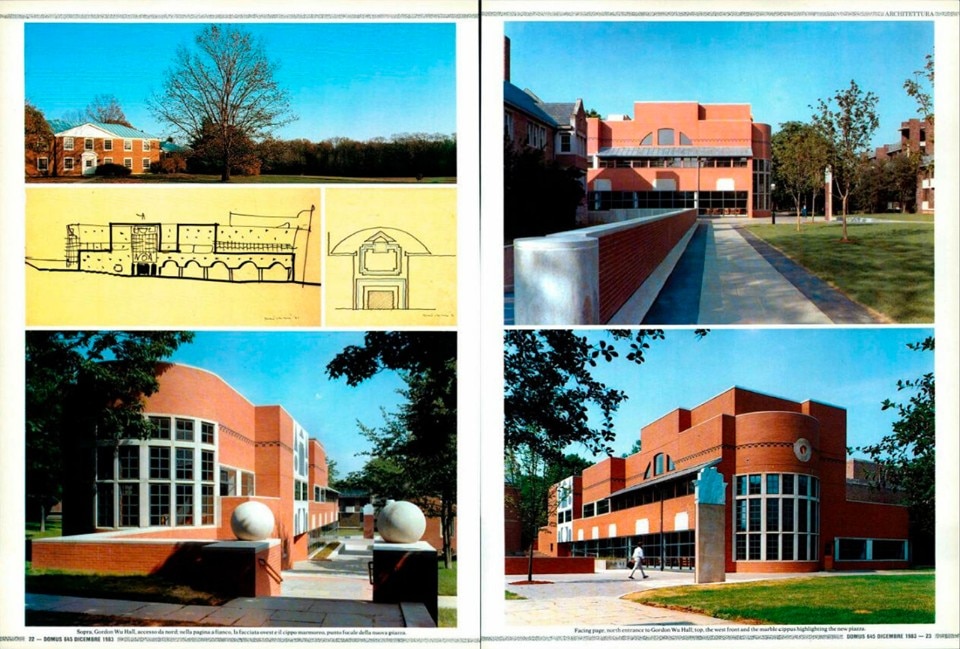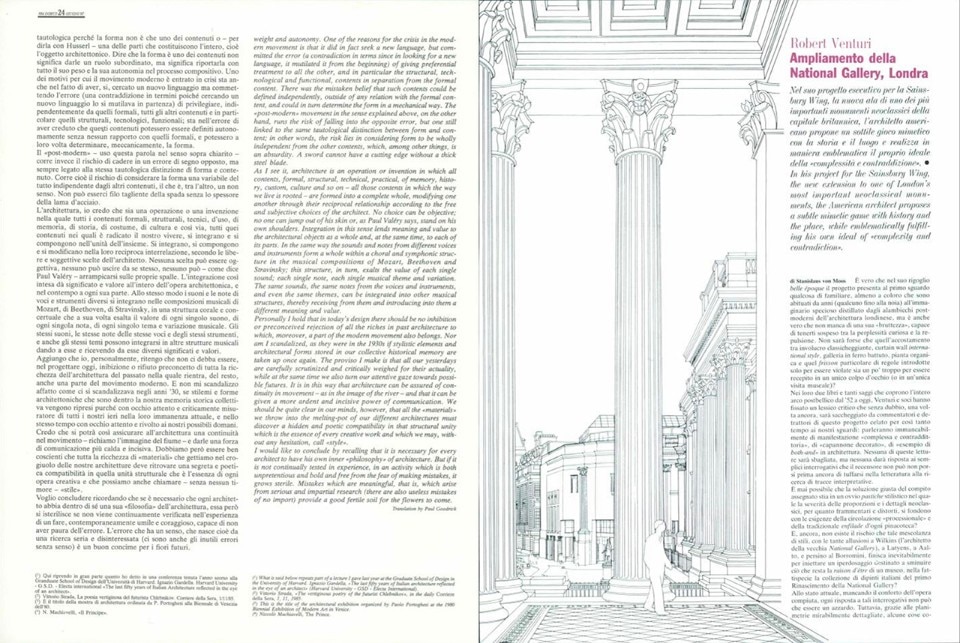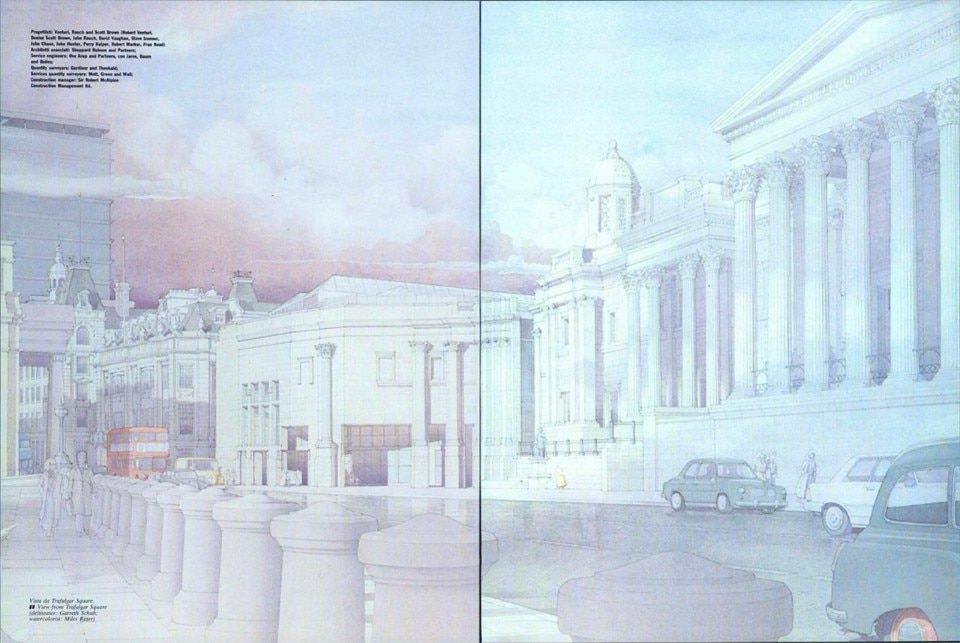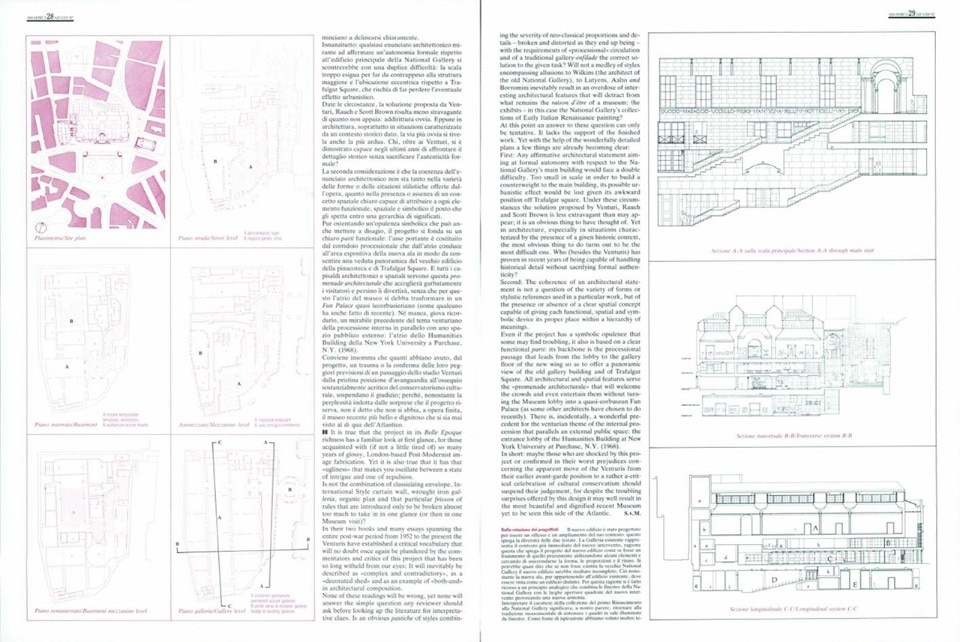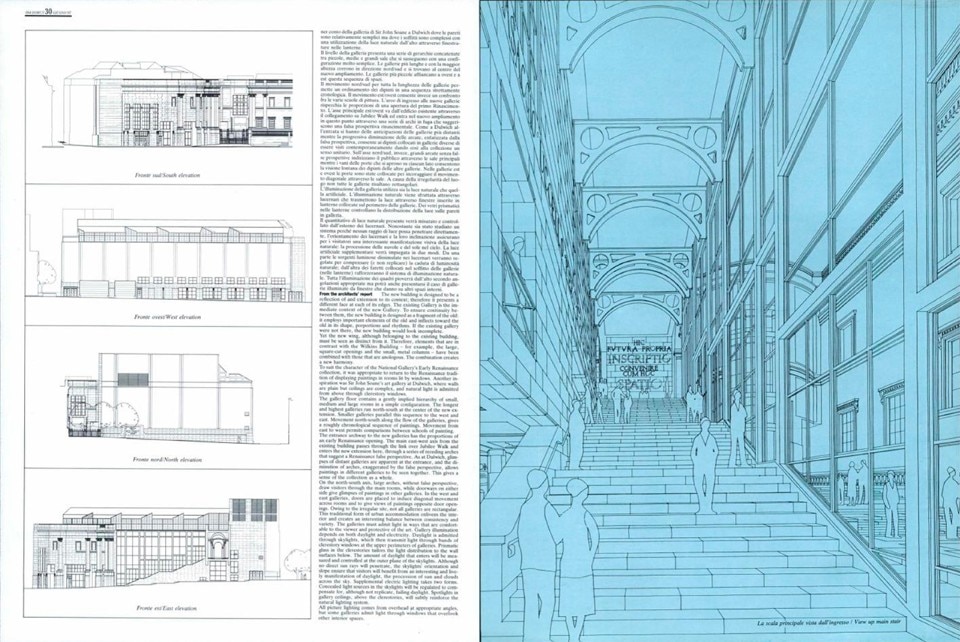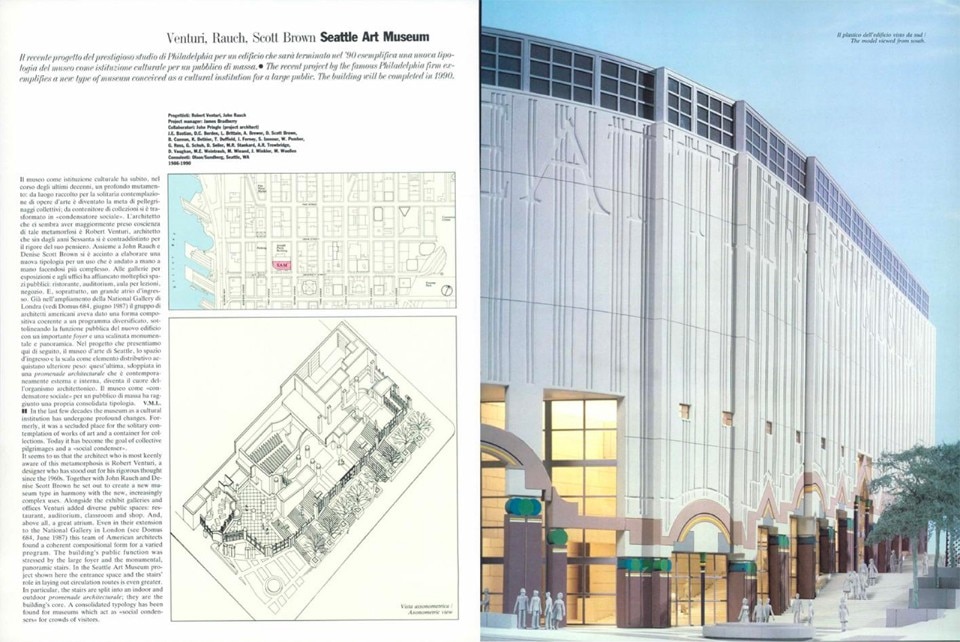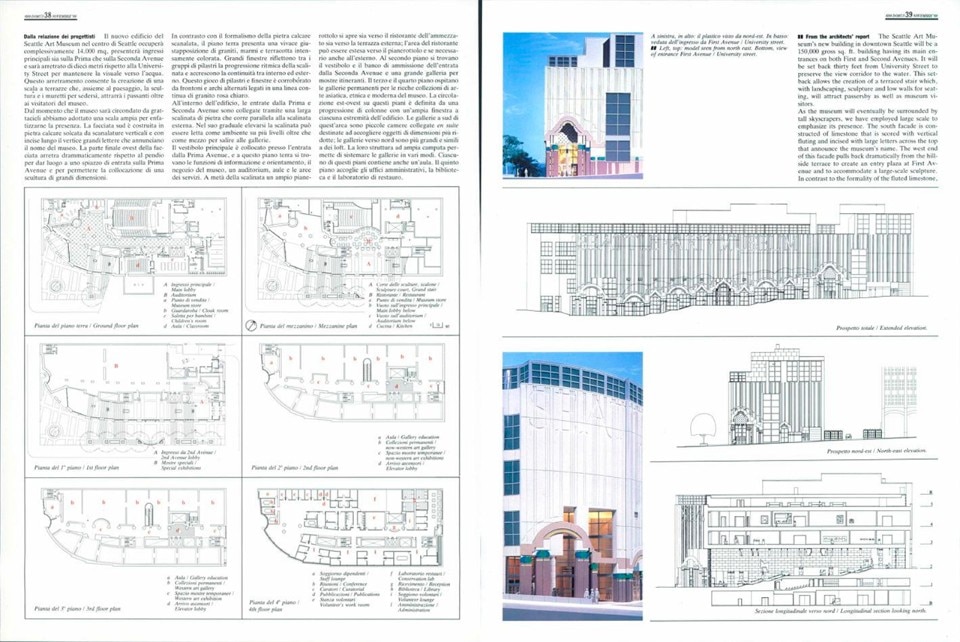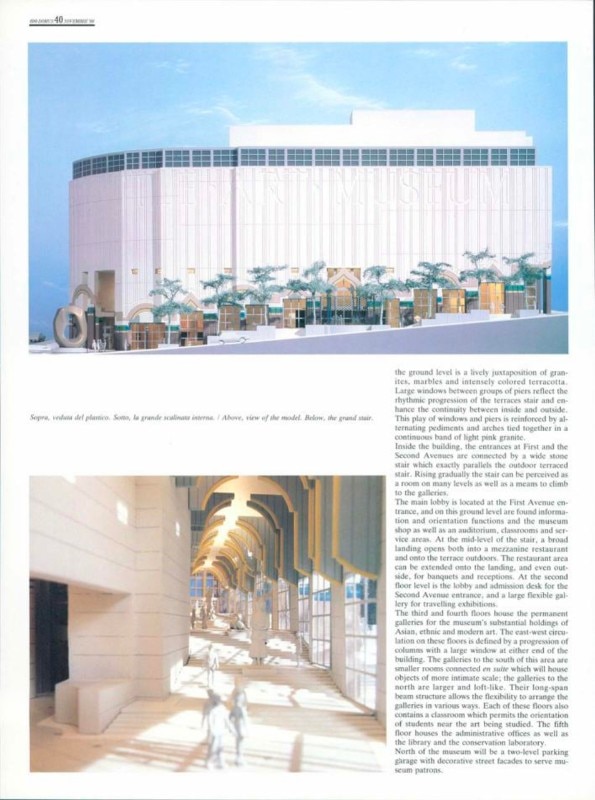Robert Venturi was one of the leading figures of 20th-century architecture and a Pritzker Prize laureate. When he passed away in 2018 at the age of 93, postmodernism, with its irony and intellectual play blending historicism and pop culture, was already undergoing a strong revival.
Shortly after, the greatest theorist of postmodernism, Charles Jencks (1939-2019), would also pass, following the earlier deaths of James Stirling (1926-1992), Charles Moore (1925-1993), Aldo Rossi (1931-1997), Hans Hollein (1934-2014), and Michael Graves (1934-2015). This would spur a surge in writings, projects, exhibitions, and books that amplified the posthumous popularity of the architect, born in 1925, who, in 1966, had explored Las Vegas as a semiotic archaeological site.
An avant-gardist, visionary and agitator, long time lover of Italy, Venturi forever changed the course of architecture history. He taught generations of architects to look beyond the orthodoxy prescribed by the Modern Movement and to learn from the street, from the inherent complexity of the “ordinary” world, from the high culture of Rome as much as much as from the low culture of Las Vegas. But how exactly will we remember Bob? A search within Domus’s archives – now fully available online – offers a nice voyage into the architect’s career: from words and buildings to exhibitions, the design of furniture and more.
One of the first appearances of Venturi’s name in the pages of Domus goes back to 1967, when the magazine published a review of Complexity and Contradiction in Architecture, the book Venturi had published a year earlier with the Museum of Modern Art in association with the Graham Foundation Advanced Studies in the Fine Arts. The review, (Domus no. 453, page 49), signed by Joseph Rykwert, occupied no more than one column (a quarter of a page) in the magazine and not deprived of a pinch of criticism: “Professor Venturi’s book has had perhaps a shade too much advance publicity”, wrote Rykwert. The book, qualified as “ironic, charming and really rather self-deprecatory” was, according to Rykwert, deeply in-depth to the Beaux-Arts system yet without making this explicit. More laudatory toward the end of his text, Rykwert confessed being on Venturi’s side, “the functionalist too have missed us” before concluding: “I am not sure I am prepare to give three cheers for Venturi, but I’d offer him two and a half if he’d have them”.
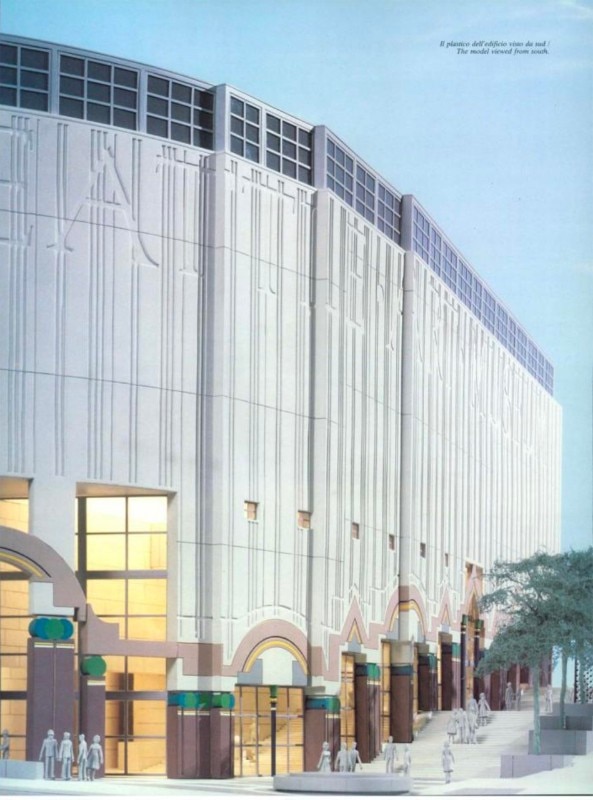
If Venturi published two of the most seminal books of late twentieth architecture (Complexity & Contradiction and Learning from Las Vegas, together with Denise Scott Brown and Steven Izenour), he also expressed his ideas on the banal and the ordinary via forms of display: the most famous being the exhibition Signs of Life: Symbols in the American City, presented at the Smithsonian Institution in Washington DC (from February to October 1976) and reviewed with a richly illustrated and colourful double spread in the issue of December 1976 (Domus no. 565, pages 46-47).
Robert Venturi’s legacy will be as much for his sharp, analytical writing as for his unusual buildings. Yet, as any good postmodern genius, Venturi did not limit his production to books and buildings. In 1981, alongside Michael Graves, Hans Hollein, Arata Isozaki, Charles Jencks, Richard Meier, Alessandro Mendini, Paolo Portoghesi, Aldo Rossi, Stanley Tigerman, Oscar Tusquets, Kazumasa Yamashita, he designed for the industrial Carlo Alessi, new ranges of experimental objects in steel to be produced in small runs (Domus no. 623, pages 44-45). A full page of the magazine was dedicated to preliminary sketches and a photo of Venturi’s tea and coffee pots (Domus, no. 618, pages 2-3). And, just a few years later, in 1984, Venturi also produced a series of chairs for the manufacturer Knoll. Made of Multi-layered shaped wood curved and painted, the chairs had their backs loaded with forms that alluded to diverse tectonic elements made bi-dimensional (Domus no. 653, pages 74-75).
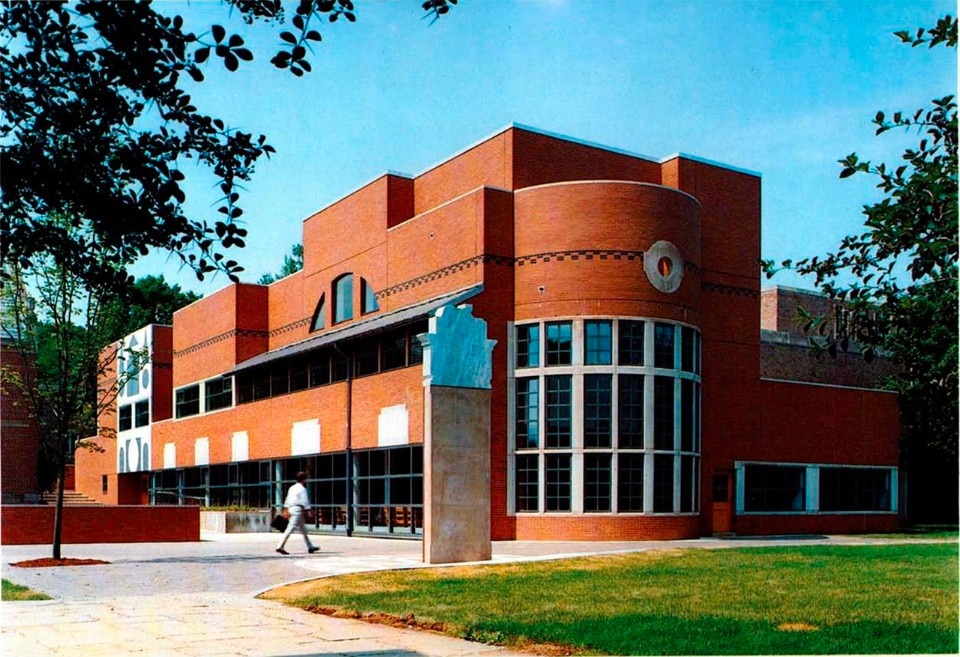
Venturi’s most celebrated building is the house he designed for his mother in 1964. But along his prolific career, the architect realised a large quantity of projects from family houses, to home for elderly, fire stations, art museums, libraries, research laboratories, and, even a chapel. And many of Venturi’s built projects featured in Domus. In 1983, Domus covered Venturi’s Gordon Wu Hall addition to Butler College at Princeton. (Domus no. 645, pages 18-23), seeing this project as “an opportunity to try out those theoretic assumptions and linguistic choices which in 1966, with Complexity and Contradiction, sensationally raised questions now no longer disputed. In 1987, Domus dedicated seven pages to the extension of the National Gallery in Trafalgar Square (Domus no. 684, pages 25-31) and a year later, in 1988, the magazine published a coverage of the Seattle museum project (Domus no. 699, pages 36-40).
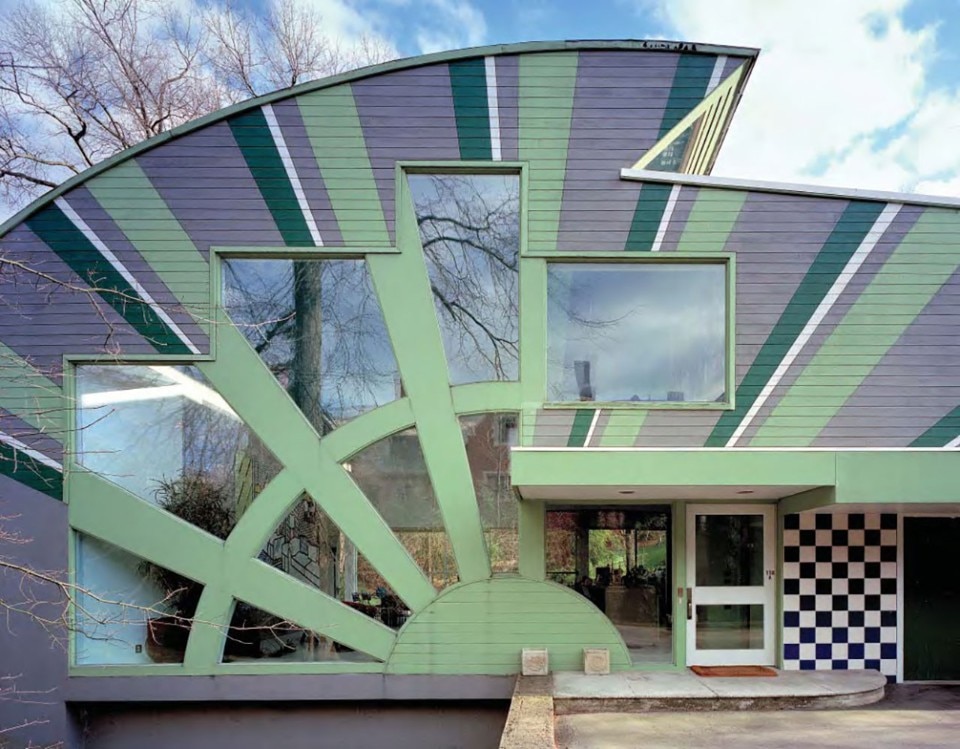
If Robert Venturi’s memory will stay, some of his buildings are already under threat and in need of preservation. Just a few days before Venturi’s death, Manuel Orazi published, in the pages of Domus online, a piece with the title “Should we demolish the Postmodern simply because out of fashion?” In this text, Orazi reminds us that, after the 1969 Lieb House it is now the turn of Venturi’s Abrams House (Pittsburgh, 1979) as well as the San Diego Museum of Contemporary Art (completed in 1996) to be in danger of partial or complete demolition.
Domus, especially under the directorship of Alessandro Mendini (1979-1985) has been an important channel for the diffusion of postmodern design and architecture. Robert Venturi, sometimes considered as the godfather of this architectural movement, occupied a prominent place in the pages of the magazine. Through Domus’s archive he will certainly be remembered warmly, for generations to come.
